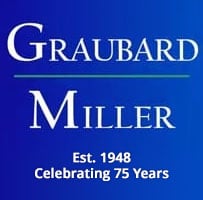Mergers and acquisitions are often multi-million-dollar transactions. When two businesses decide to combine operations or when one organization purchases another, large amounts of money change hands. Substantial organizational changes are likely to follow, and therefore mergers and acquisitions can be relatively risky prospects.
Board members, business owners and executives attempting to perform their due diligence prior to a merger or acquisition may need to prepare for the possibility of any one of the three issues below arising during a major business transaction.
Regulatory interference
Mergers and acquisitions can lead to the centralization of economic power within an industry in a way that is not good for the overall economy or consumers. Therefore, regulatory agencies monitor mergers and acquisitions. State or federal authorities may take legal action to prevent a business transaction if there is reason to believe that it could violate antitrust laws and lead to a monopoly. Litigation brought by regulatory authorities could prevent the completion of the merger or acquisition.
Organizational liability
Merging with or acquiring another business often means accepting legal and financial responsibility for that company in addition to gaining access to its resources. Financial liability, including debts and future potential claims against the company, can pass to the acquiring party or the newly-formed merged entity. Those preparing for a potential merger or acquisition need to perform their due diligence, which often involves looking into the current state of operations at the other company. Issues with products, complaints about harassment or illegal decisions regarding employees could all be issues that create liability for the other company after the transaction.
The challenges of integration
Combining two businesses often means moving facilities, merging cultures and addressing redundancies. The process can take months and almost invariably leads to unexpected challenges. Owners, executives and managers alike need to explore the likely challenges that could arise from combining the two organizations and start developing plans for that process.
Having thoughtful guidance throughout the process of planning a merger or acquisition and then executing it can reduce the degree of organizational risk involved in these large transactions. Custom contracts, thorough research and proper advocacy can make a major difference for those involved in mergers and acquisitions.
